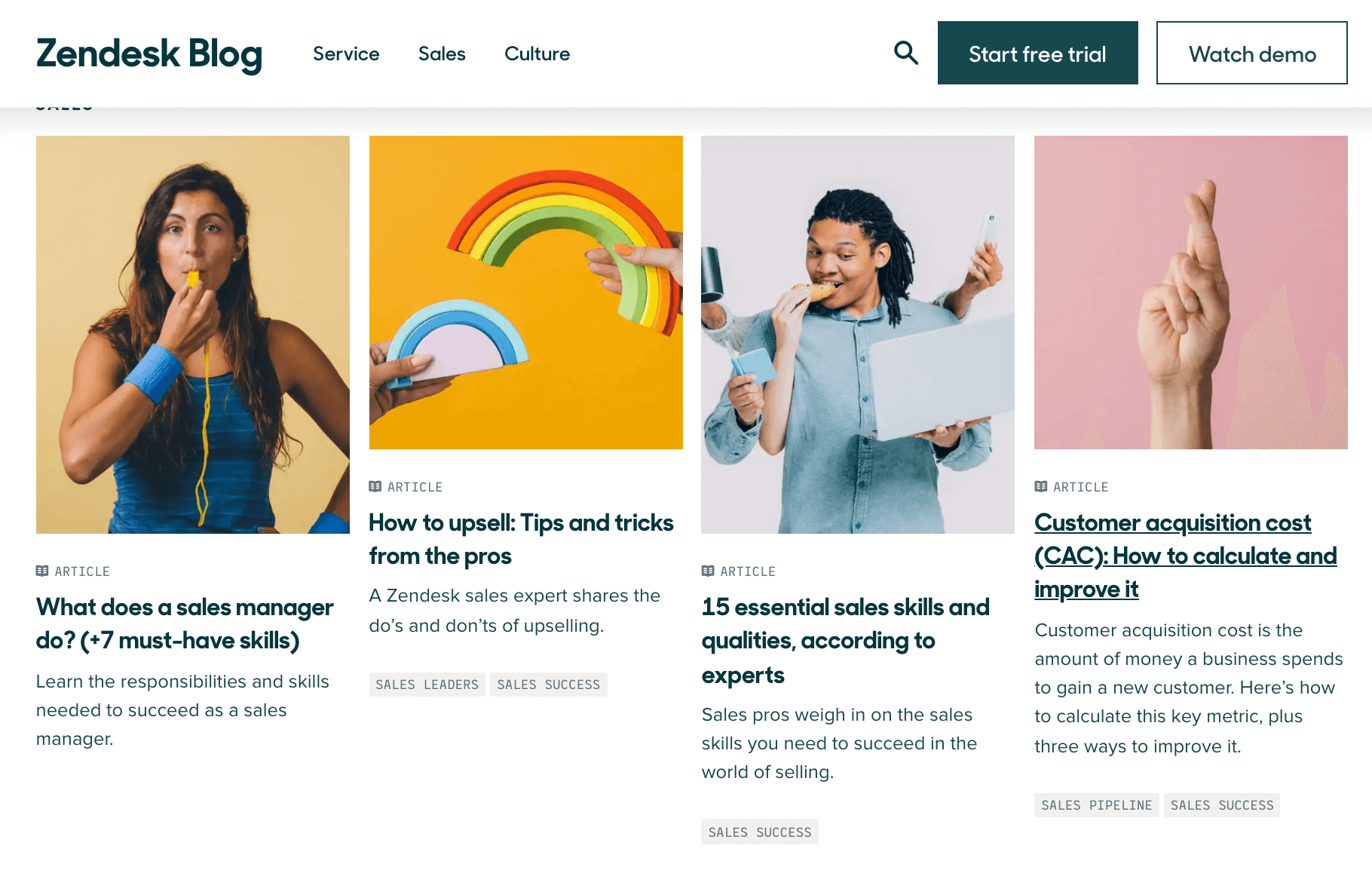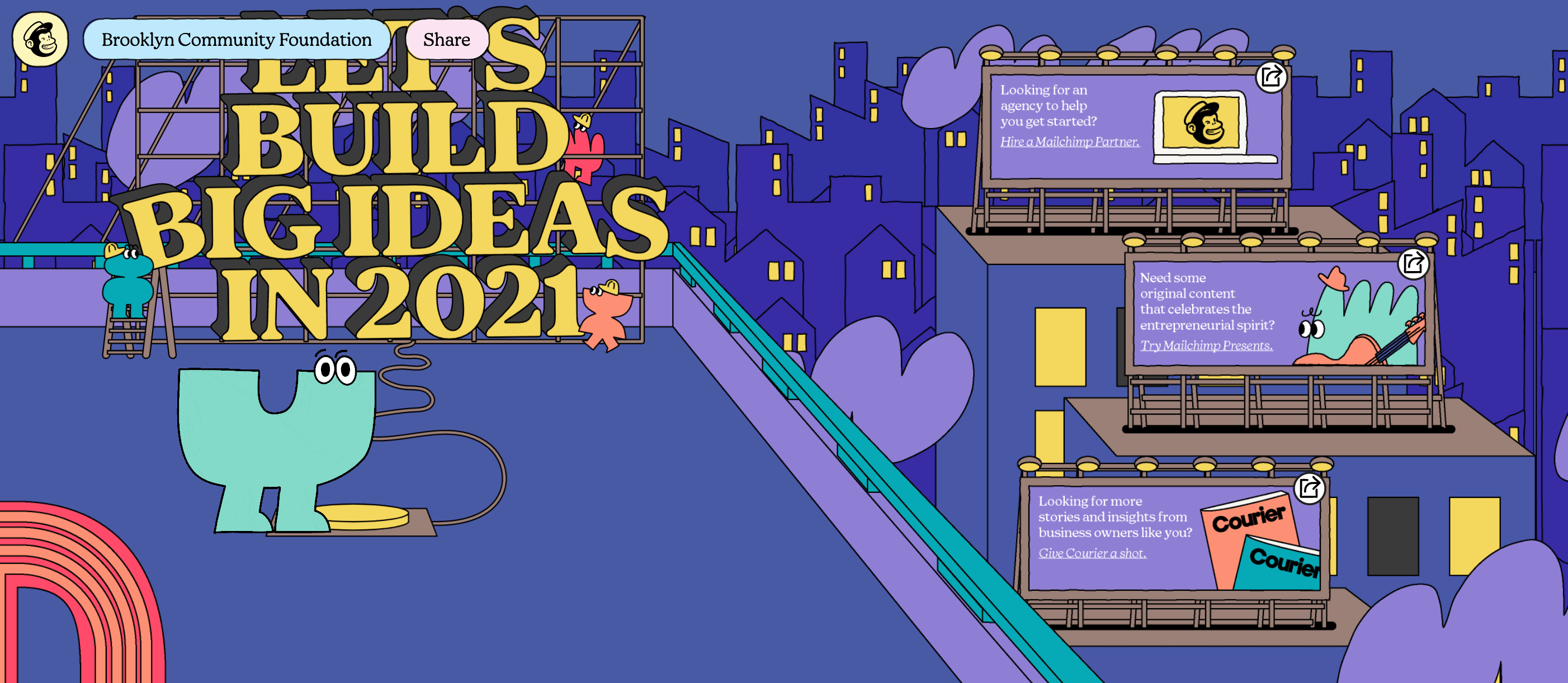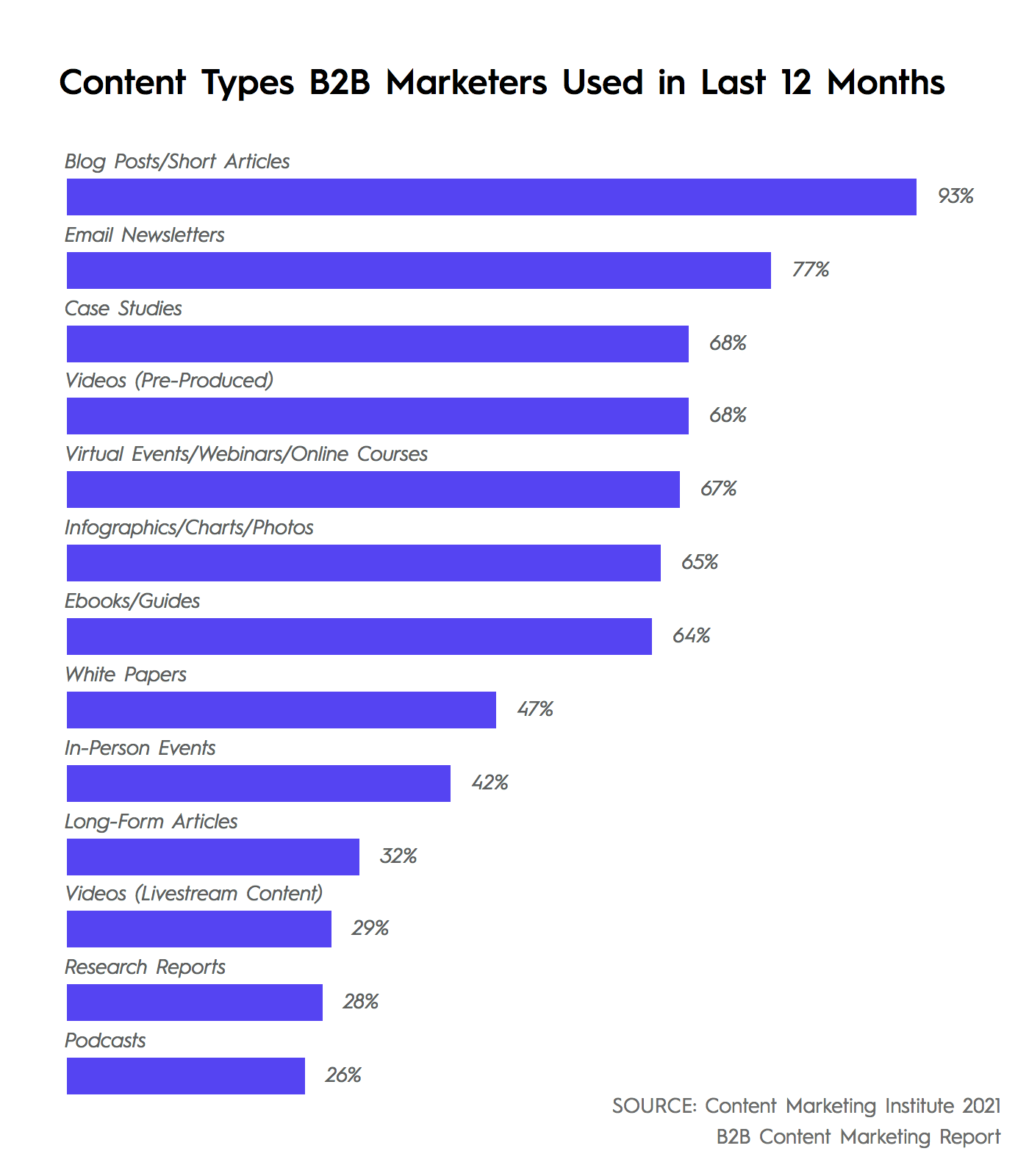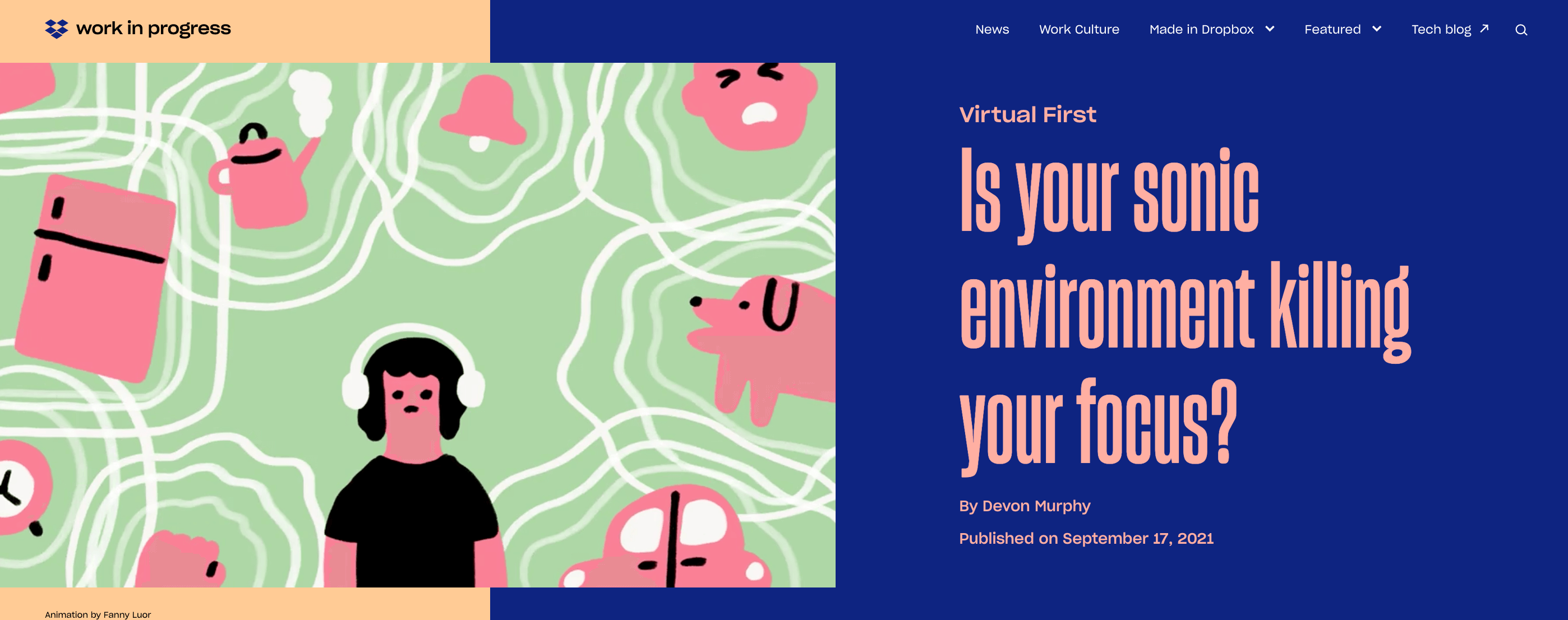We hate to say it, but way too much B2B content marketing, uh, sucks. Sorry, but it’s true. It’s dry. It’s dull. Or, worse, it’s self-indulgent. (And, trust us, we’ve been guilty of this too.) Ultimately, good B2B content marketing is about serving people interesting, unique, and relevant content—even if you’re not selling the most exciting product.
Luckily, with the right insights, you can still find ways to give people high-value content that connects with your audience and helps you achieve your goals. Want to know how to do that? You’ve come to the right place.
5 Tips to Create Better B2B Content Marketing
If you’ve been stuck in a creative rut, or are working on a fresh B2B content marketing strategy, here are some helpful tips and reminders (based on the biggest mistakes we see brands make) to strengthen your content and improve your results.
1) Ideate around pain points.
In B2B, you’re usually selling a solution that solves a common problem. And you might think your content is speaking to that pain point, but we find that weak B2B content often talks around that problem instead of directly addressing it with valuable insights, tips, or expertise.
If you’re not exactly sure what your audience’s pain points are, or are struggling to come up with ideas to address them, do direct research.
- Talk to customers. A quick phone chat or email can yield more ideas than you might realize.
- Search forums. This is a great way to find out what people in your industry are talking about.
- Find out what people are asking. Use a tool like AnswerThePublic to find out what questions people have. (This is a particularly helpful tool to find ideas that can increase your SEO.)
When you do come up with ideas, vet them through your personas to make sure they resonate.
Example: Zendesk’s mission is to make customer service better, so they produce a variety of B2B content marketing to help their customers help customers—at every level. From tutorial posts to expert sales advice, they present themselves as the go-to resource for all things sales and customer service.
2) Know what you want people to do after they interact with your content.
This is one of the most common mistakes we see B2B marketers make. They view content as a standalone piece, not a key component of a larger ecosystem. Every piece of content you create should be made with intention (and, ideally, that intention is to move people along the path to purchase). So there should be a clear next step after they interact with your content, whether that’s an e-book download, a free demo, etc.
- Know your content goals. Before you get into writing or design, you need to understand exactly what you’re trying to achieve—and how you can make it easier for people to take the step you want them to.
- Map your buyer’s journey. Content marketing is not the sale; it’s the start of the conversation. But to move people along, you need to deliver the right message at the right time.
- Know your brand messaging. Use our free brand messaging template to clearly articulate your tagline, value prop, and key stories. The more your content reinforces your core brand story, the more the messaging will stick.
Note: Make sure that everything is working—your newsletter signup, your download links, etc. We can’t tell you how many times we’ve experienced a dead-end thanks to a CTA that 404s.
Example: Mailchimp’s content is always on point, skillfully guiding readers down the path to purchase by offering a next step in every piece of content—across a variety of channels. Let’s start with this simple, colorful, case study snapshot on Instagram.
This includes a CTA to see the full case study in their annual report. Click through this endlessly entertaining interactive report, and we see three different options to explore their services. This is a seamless content journey from start to finish.
3) Choose the right format for your channel.
Thanks to so many content creation tools, you can create more content—and more types of content—than ever before.
However, you want to deliver your message in the right package (aka format) to make the most impact. Thus, knowing how people will arrive at your content (and how you want them to) is crucial to influence your creative decision-making.
- What type of platforms are you targeting?
- What types of content work best on those platforms?
- What type of content does your audience prefer to see?
Example: Again, we have to give a shoutout to Mailchimp. They’re pros at using Instagram carousels to share snackable content, such as these highlights from a recent podcast episode. This is the perfect way to create content for a particular platform and promote a larger piece of content elsewhere.
4) Use human emotion.
This is probably our biggest complaint about 90% of B2B content. Although you may not be marketing the most glamorous product, there is still a human on the other end of the line. If your cloud-based-innovation-software-solution ultimately helps automate-innovate-elevate their lives, it’s important to hone in on those emotions, and speak to them like real people. Maybe you’re commiserating with them over shared frustrations, or giving them insider tips to make their lives easier. What matters most is that you’re engaging with them, not speaking at them.
- Watch your language. We see a lot of brands throwing around buzzwords and jargon, hoping to prove their expertise or impress their audience. While certain industry terms might demonstrate your insider status, we cringe at most marketing gibberish. (TBH, we hate this buzzspeak so much we made a fake marketing gibberish generator to make fun of it.)
- Add your personality. Adding a bit of humor, wit, or sincere emotion helps break down walls and better engage the people you’re trying to reach. In B2B, where relationships are the foundation of everything, demonstrating that familiarity and human voice from the jump is key. See our guides to identify your voice and personality if you don’t have yours well-defined.
Example: Biteable is a platform that lets brands make videos effortlessly and easily. Naturally, the brand shines in its Instagram videos, using humor to commiserate with their audience about everything from working from home to peer reviews.
5) Invest in design.
We can’t stress this enough. When it comes to design, B2B marketing has always been the overlooked stepchild. Just because you’re selling business solutions doesn’t mean you need to do it with ‘90s business photography. In this era, good design is a competitive advantage. (Research has even shown that design-focused companies produce more profit.)
There is no question that good design makes your content more interesting, engaging, and easier to synthesize. Need to stand out in your audience’s social feeds? An eye-catching ebook cover will do it. Want to communicate a complex process? A bold infographic can deliver that information cleanly and effectively. Have a lot of data? A beautiful data visualization can deliver insights in a snap.
- Explore examples of great B2B design.
- Think like a designer.
- Preserve your brand integrity. If you want people to recognize your brand, you need your content to be consistent and cohesive. Make sure that content creators have a brand style guide on hand.
Example: Dropbox is a design-centric brand that understands the power of brand storytelling through visuals, as we can see in their blog headers alone. Through illustration, GIFs, and bold colors, they make their eye-catching content enticing and engaging.
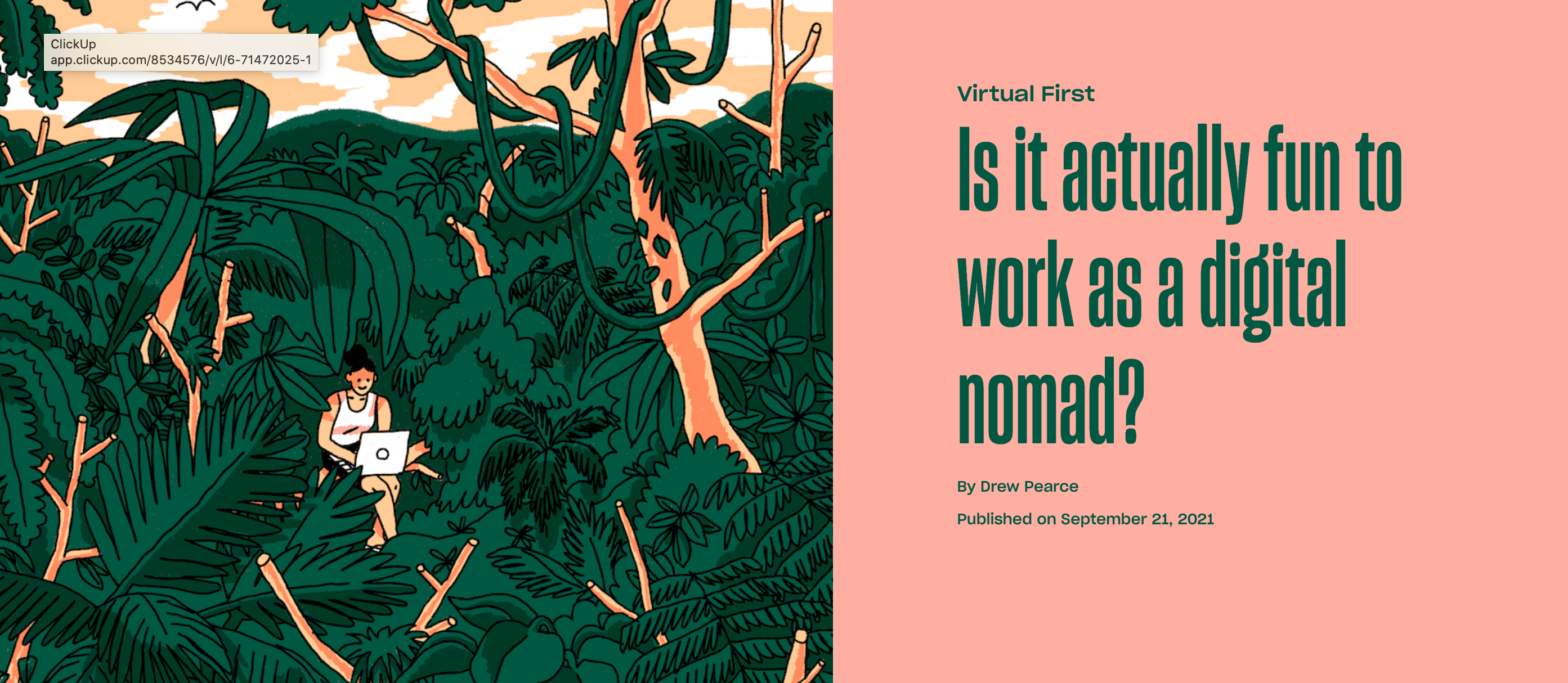

How to Improve Your B2B Content Marketing
Content marketing requires a lot of moving pieces, no matter what size your team is. To improve your results, analyze every aspect of your operation to identify areas to improve.
- Strengthen your strategy.
- Focus on value.
- Improve your infrastructure.
